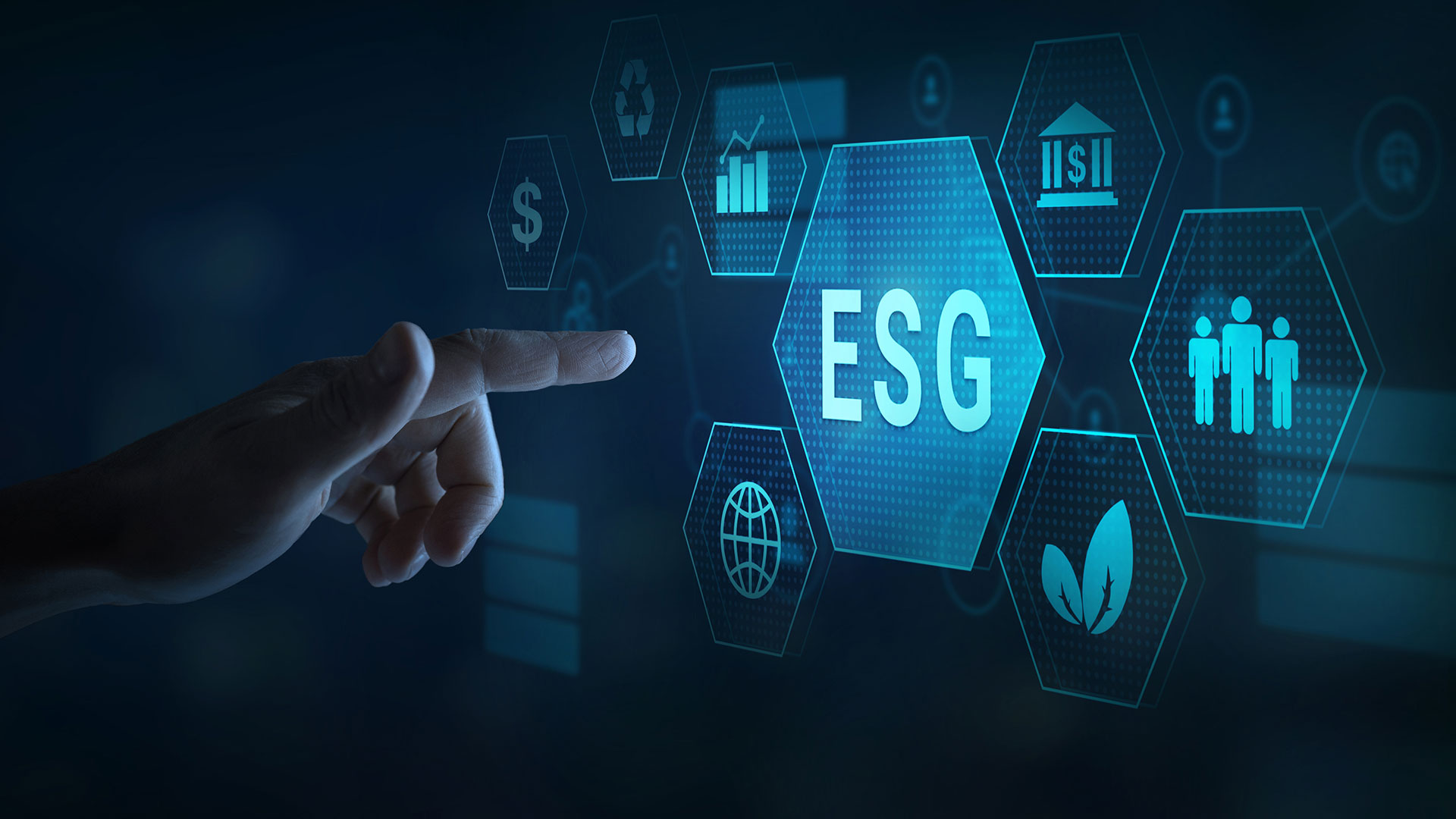Climate change poses immediate physical and transition risks to businesses, as well as opportunities to achieve strategic goals and increase value for shareholders
Climate change is already causing businesses to face physical risks from acute or chronic weather events, and transition risks from the need to adapt to the changing policy and regulatory context. For a business to mitigate or adapt to these risks they need to be understood. External stakeholders, and particularly investors and financial regulators, are increasingly putting pressure on businesses to disclose their financial risks linked to climate impacts. This is likely to build as temperatures increase and the physical impacts of climate change intensify.
Efforts to mitigate and adapt to climate change also produce opportunities for businesses to make cost savings, adopt low-emission energy sources, develop new products and services, access new markets, and build resilience along the supply chain.
On this page:















